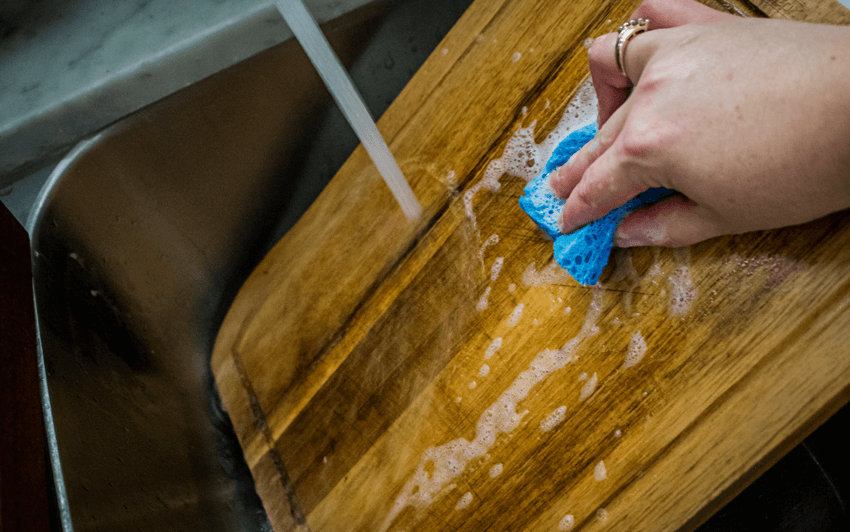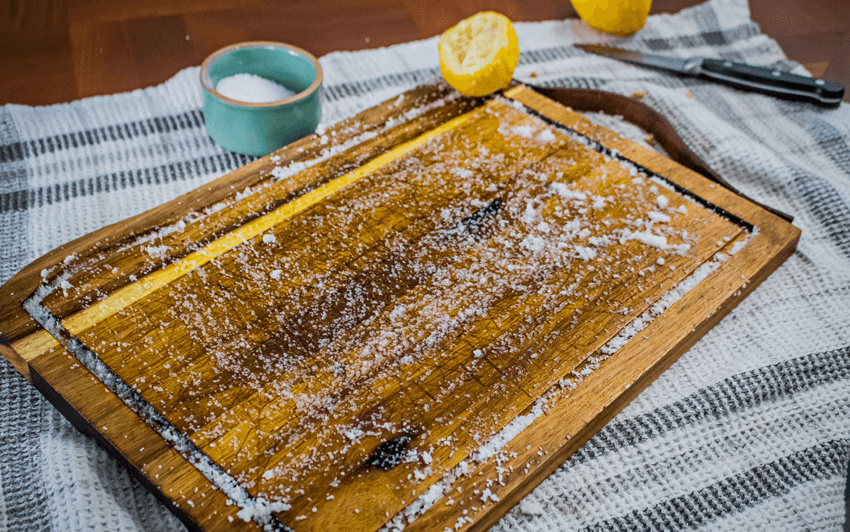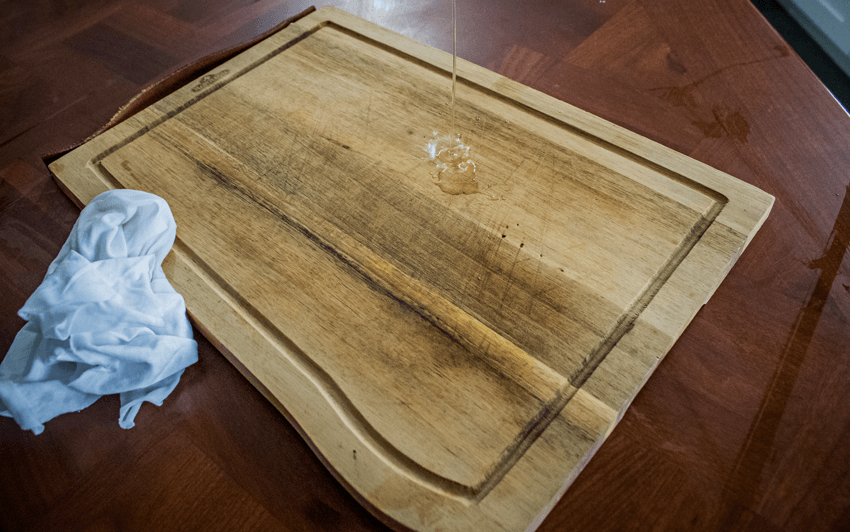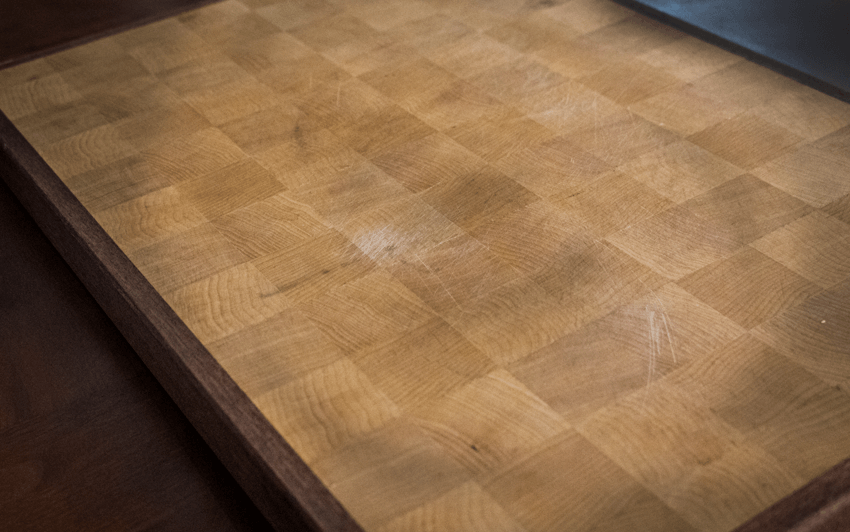
BBQ Accessory Maintenance - How to Care for Wooden Cutting Boards and Countertops
When it comes to barbecuing there are a few essential tools you need. A good pair of tongs and a sturdy knife are integral to a great grilled meal. But there is one piece of equipment that everyone needs to have and is often overlooked or taken for granted. That’s the cutting board. As a safe place to prepare your meat and vegetables, it is essential to know how to care for and maintain your wood cutting boards and by extension your wooden utensils, because they need some loving too.
How to Care for Wood Cutting Boards and Butcher Block Countertops
Whether this is a new board or one that has been in the family for time immemorial, it is important to take good care of these expensive and well-loved items. Bamboo cutting boards are a little more resilient than handmade edge or end grain wood boards, however, they should be cleaned immediately, oiled, and waxed regularly, just like their hardwood counterparts. The following instructions are also applicable if you have natural butcher block countertops.
How to Clean Wooden Cutting Boards
-
Clean the board well on all sides with warm water and mild dish soap. It is more important to have running water than it is to have soap as the water will flush away bacteria.
-
Dry the board immediately with a towel, then set it on its side or rest in a wire rack so that there is maximum airflow. Dry the board 100%.
If the board is particularly dirty or it needs freshening up, you can clean your wooden cutting boards with salt and a lemon half. The lemon can be fresh cut or one that was squeezed and/or zested from a recipe.
-
Sprinkle the board with a coarse salt like kosher salt.
-
Squeeze a little of the lemon juice and use the cut side of the lemon to scrub the board.
-
Allow the lemon and salt slurry to sit on the board for at least 5 minutes, then scrape the dirty salt into the garbage using a bench scraper.
-
Rinse the board with a clean, wet rag or sponge.
Please, never soak or clean your wooden cutting boards in the dishwasher. The water will be absorbed causing the board to warp, the grains to raise, and bacteria and mold to proliferate.
When washing, remember to clean all sides of a wooden cutting board, if only one side is cleaned, it can warp and crack (if it is an end grain board).
When drying a cutting board, the same goes. Make sure that all sides are allowed to dry so that you don’t run into problems with swelling grain or warping boards.
How to Season Wooden Cutting Boards
Brand new boards, boards that haven’t been loved in a while, and ones that you have just cleaned need to be seasoned. This is something that should be done on a regular basis anyway. This ensures the longevity of the board and prevents the growth of any harmful bacteria. Oil creates a barrier to prevent liquids from absorbing into the grain of the wood, while the wax will help to fill in the cracks and small scratches where bacteria can grow. This one-two punch of protection will also enhance the look of the board.
-
Once clean and 100% dry, spread a healthy helping of food-grade mineral oil onto the board on all sides. Spread it around using a soft, lint-free cloth or paintbrush without soaking as much oil up as possible. You want the board to absorb the oil. Allow the oil to absorb for as long as possible – at least overnight. When letting the oil soak in, it is best to place it in a similar position as you would when allowing it to dry after washing. Allowing airflow will ensure the best absorption.
-
Wax the board with a beeswax-based board cream. Using a soft cloth, buff the wax into every side of the board and allow it to dry, overnight or up to 24 hours.
-
Buff the board with a soft cloth once the wax has dried.
Board oil should be food-grade mineral oil. It will be labeled as such. Other oils, like corn, vegetable, or walnut, and even coconut are high in fats that will oxidize (go rancid) which can cause problems, the least of which is a smelly board. You can usually find a bottle of food-grade mineral oil in most hardware stores and kitchen supply stores, if not online.
Help! My Cutting Board is Very Damaged and Dry
What is the difference between an edge grain and end grain cutting board?
Edge grain cutting boards feature a wood grain that runs parallel to the surface of the cutting board. Damage from cutting will readily show up in these boards. Think of it like cutting spaghetti noodles that are on their side. You will see the damage.
End grain cutting boards are made with the grain running perpendicular to the board. Essentially you are cutting through the fibers of wood vertically. Again, think of a bundle of spaghetti noodles. If you cut into the ends with a knife, they easily part and then self-heal as the knife is removed.
Edge Grain
End Grain
This is only applicable to edge grain and face grain cutting boards. Please do not sand your end grain cutting boards.
Cutting boards that have severe damage, are very old or have been neglected, can be rescued. It just takes a little bit of elbow grease, or in this case, beeswax and mineral oil. These poor boards will have scars, grooves, gouges, or raised grain. They will also look dry and be shades lighter than they should be. Water or other liquids will not bead on the surface either.
-
Following the grain, thoroughly sand damaged boards gently with 180 grit sandpaper, then smooth that out with 320 grit or higher.
-
Using a damp cloth or sponge, wipe away any sawdust on the surface of the board.
-
Allow the board to dry fully and then season it with oil and wax or board butter. You may want to oil the board a couple of times before following it with wax.
How to Make All-Purpose Wood Butter
How to Care for and Maintain your Wooden Utensils
Do you love your wooden cutting board? Did we miss a tip/trick or do you have some of your own? Share your wooden cutting board stories and photos with us – I mean who wouldn’t want to see that perfectly grilled steak on a beautifully maintained board? Use the hashtags #NapoleonMoments and #NapoleonGrills and share your thoughts with us on your favorite social media site, like Facebook and Instagram.





